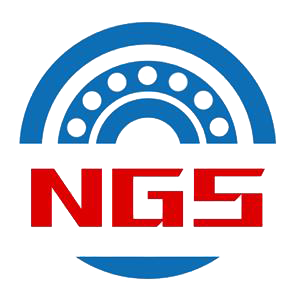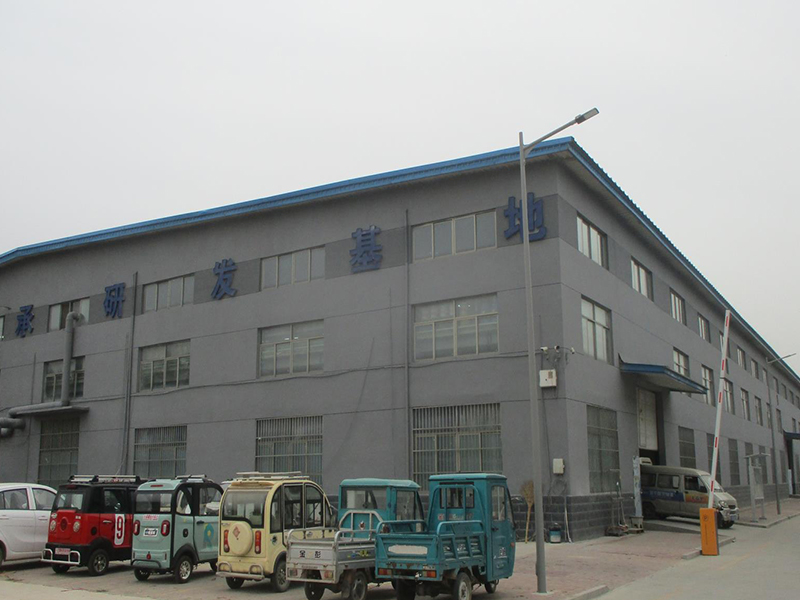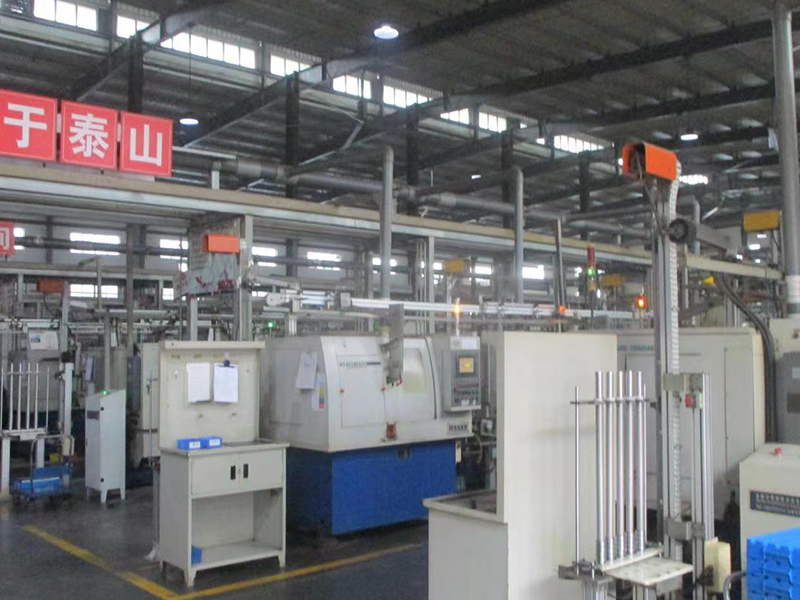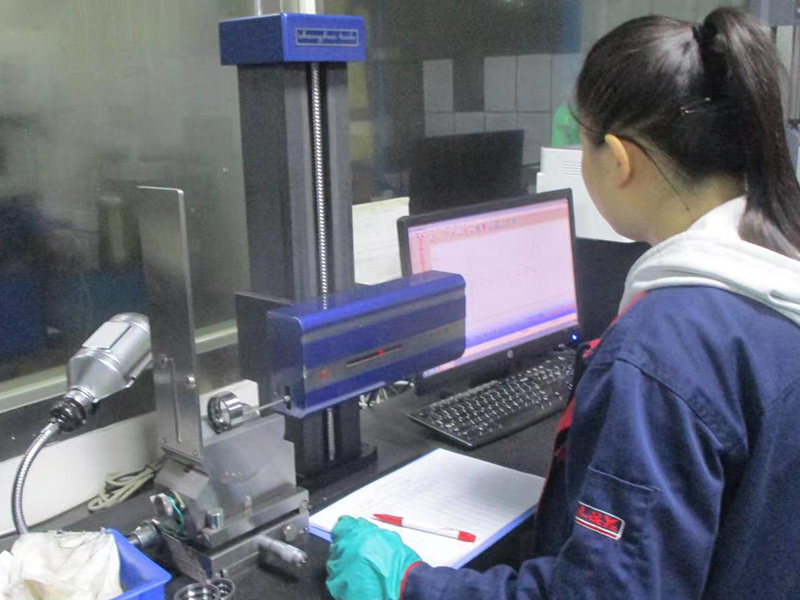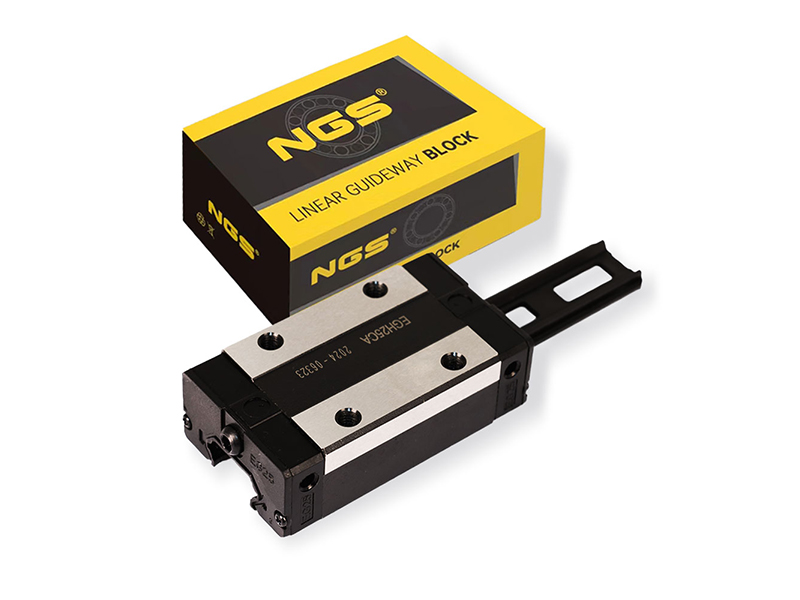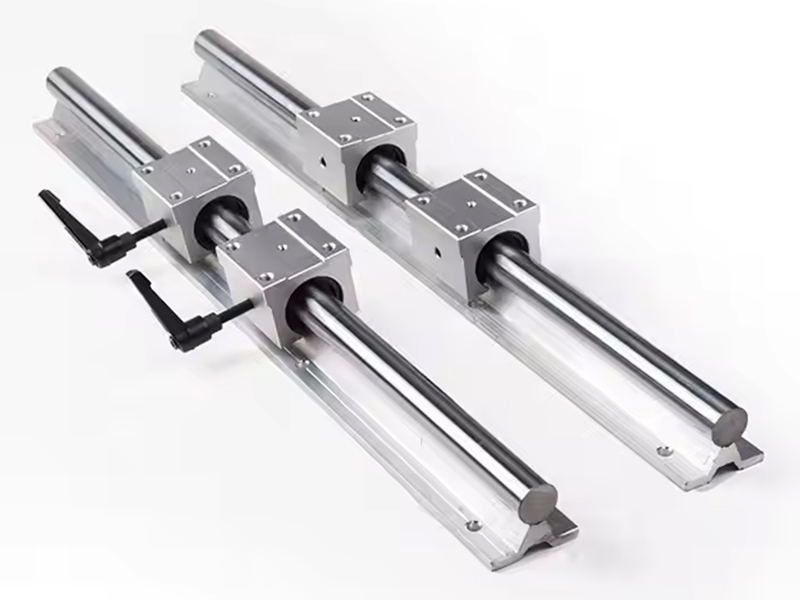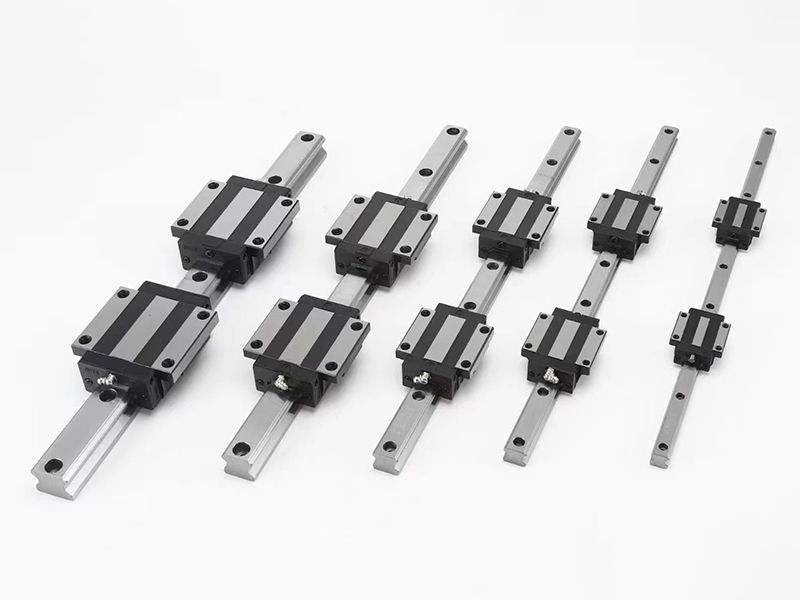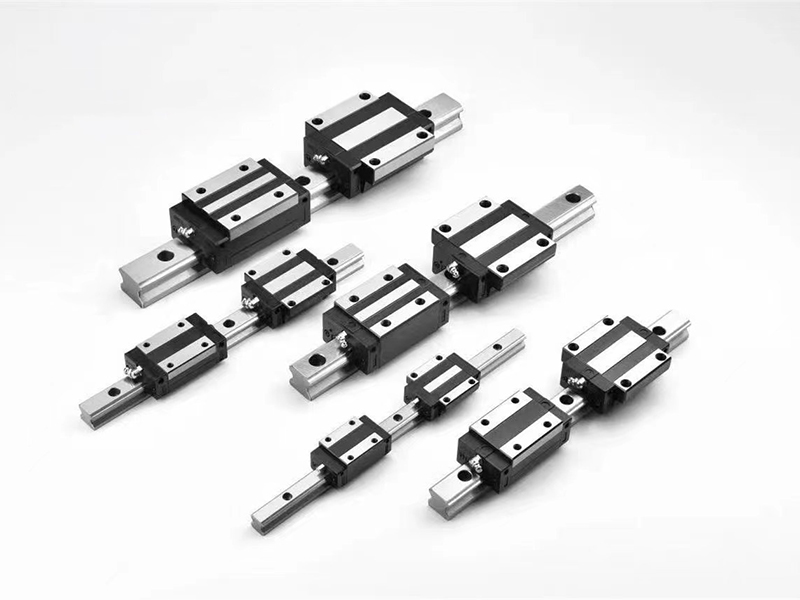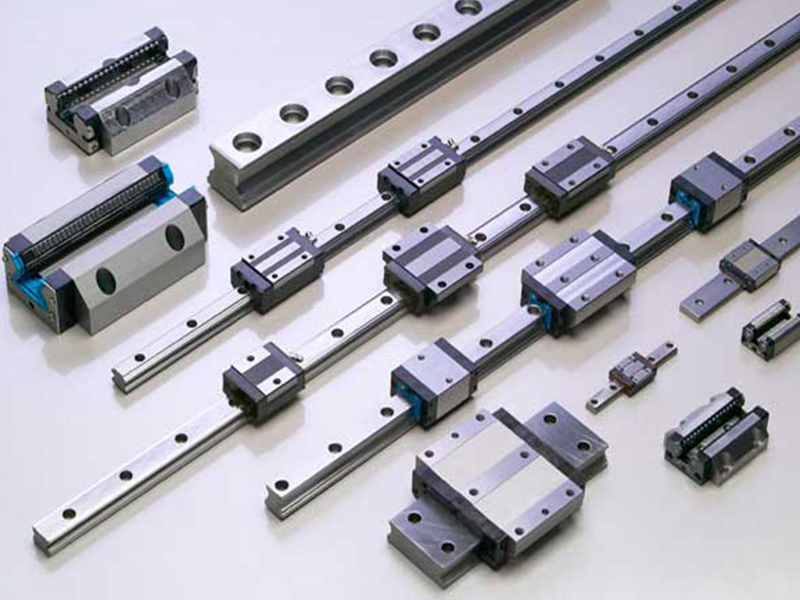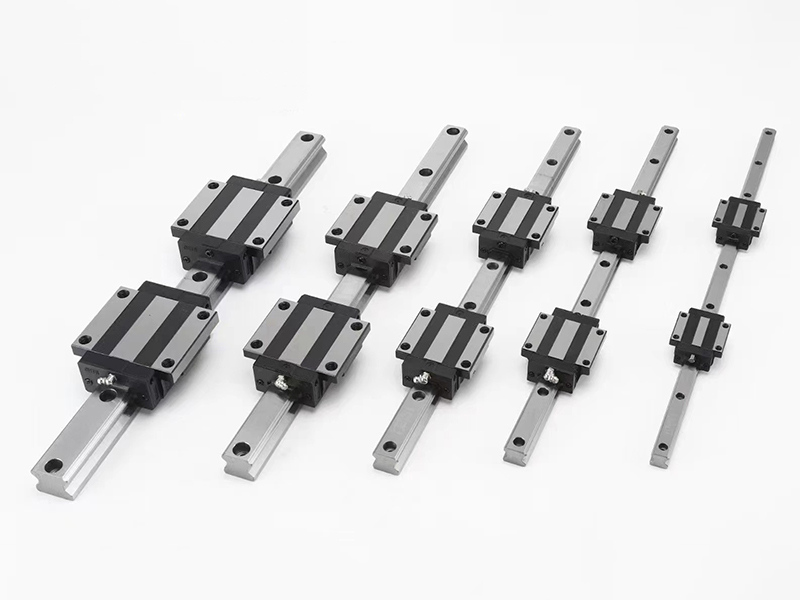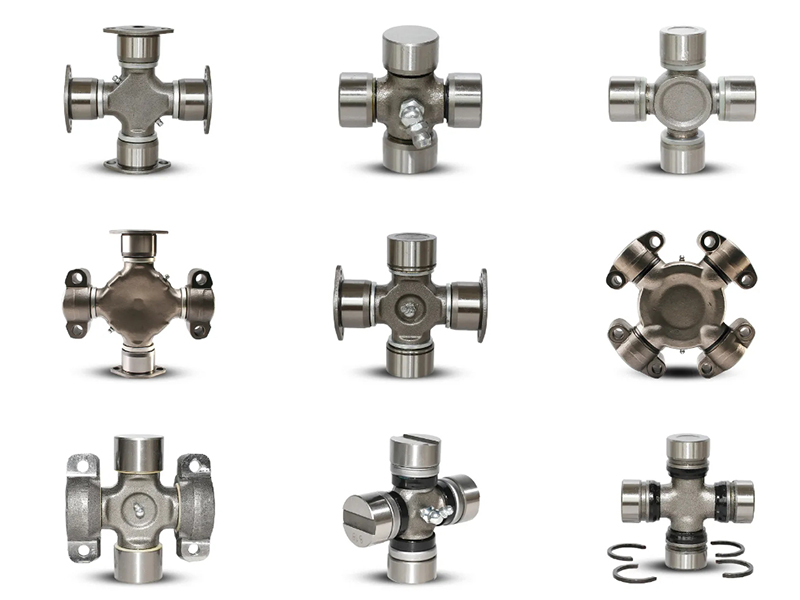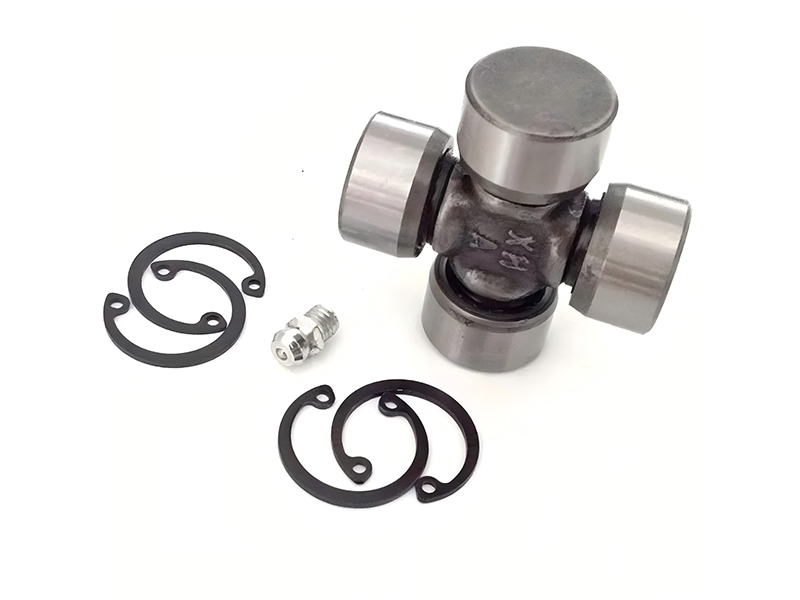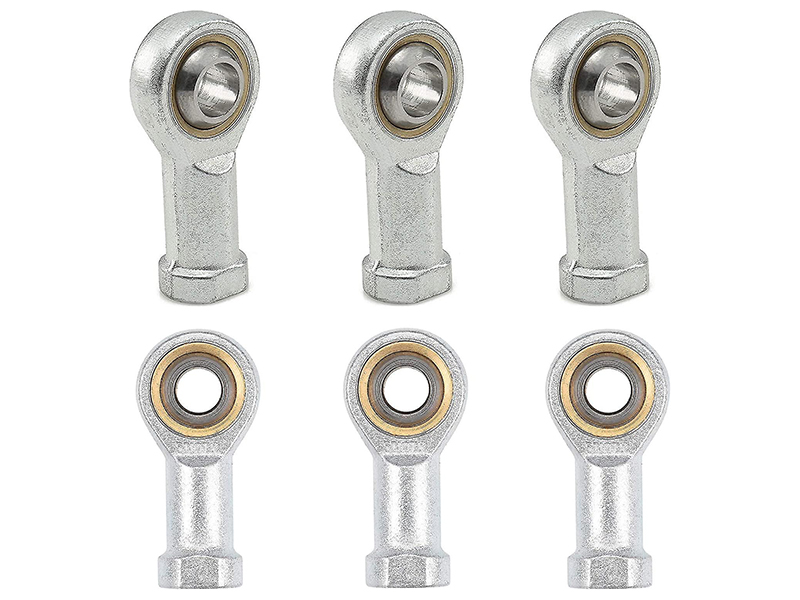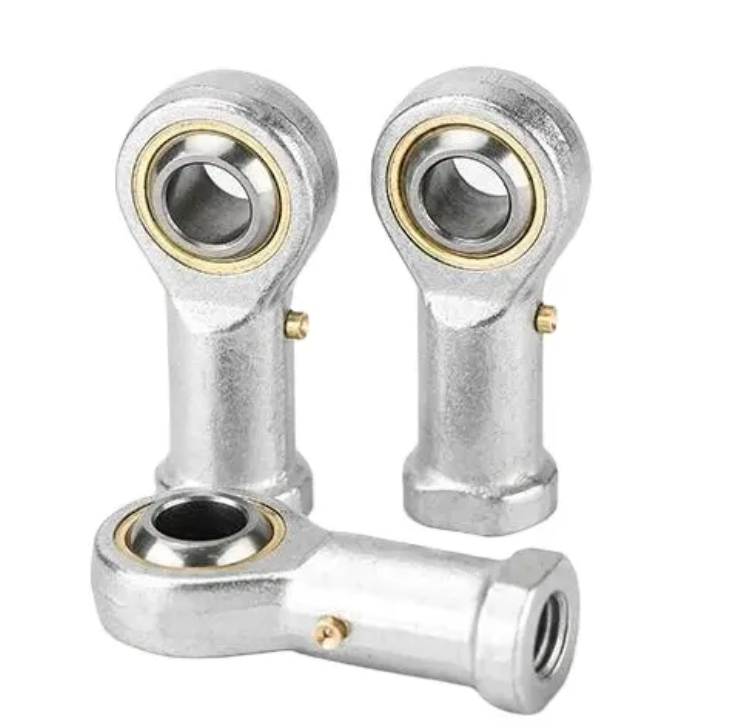In the world of precision motion, the choice of material is not merely a specification—it is the fundamental determinant of performance, reliability, and longevity. Nowhere is this more critical than in the selection of stainless steel spherical bearings or stainless heim joint, components that are often the linchpin in machinery operating under demanding conditions. AISI 304 and AISI 440C emerge as the two most prevalent and often confused options for stainless steel spherical plain bearings or stainless steel heim joints, spherical plain bearings and rod ends.
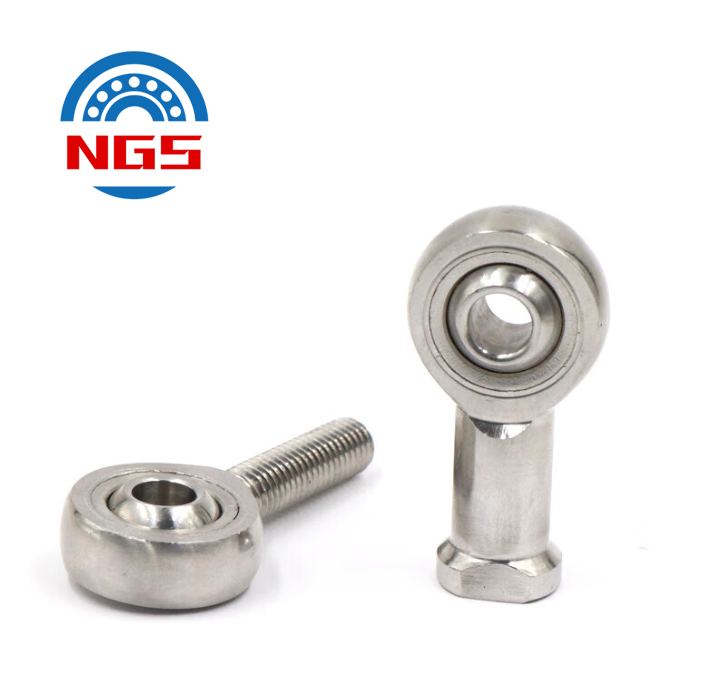
Our goal is to empower you, the engineer, designer, or procurement specialist, with the knowledge to make an informed, optimal decision for your specific stainless steel spherical bearings or stainless heim joint needs, ensuring that your systems of spherical plain bearings and rod ends perform flawlessly for years to come.
1
The Fundamental Divide: Corrosion Resistance vs. Mechanical Strength
1.1 AISI 304 Stainless Steel: The Champion of Corrosion Resistance
AISI 304 is an austenitic stainless steel. Its structure, stabilized by nickel, is inherently non-magnetic and offers exceptional formability and toughness.
Primary Advantage for stainless heim joints: Unmatched resistance to a wide range of corrosive environments, including moisture, many chemicals, and atmospheric conditions.
Inherent Limitation: It cannot be hardened through heat treatment. Its maximum hardness is typically around 150 Brinell (HB), making it relatively soft compared to bearing steels.
1.2 AISI 440C Stainless Steel: The Pinnacle of Hardness and Wear Resistance
AISI 440C is a martensitic stainless steel. It is high in carbon (0.95-1.20%) and chromium (16-18%). This composition allows it to be hardened through heat treatment (quenching and tempering) to achieve remarkable hardness levels.
Primary Advantage for Bearings: Extreme hardness, typically reaching HRC 58-60 after heat treatment. This translates directly into superior load-carrying capacity, excellent resistance to abrasive wear, and a long fatigue life—properties critical for high-performance stainless heim joint or stainless steel spherical plain bearings.
Inherent Limitation: While its chromium content provides "stainless" properties, its martensitic structure and high carbon content make it less corrosion-resistant than 304. It is susceptible to rust in saline or consistently humid environments and is magnetic.
The Trade-Off Summarized:
Choose 304 when corrosion resistance is the dominant factor and mechanical loads are moderate.
Choose 440C when load, hardness, and wear resistance are the dominant factors, and the corrosion environment is mild or controlled.
2
Deep Dive: AISI 304 Stainless Steel Spherical Bearings
2.1 Material Properties and Performance Characteristics
Corrosion Resistance: Excellent. Ideal for continuous exposure to water, food acids, mild chemicals, and outdoor weathering.
Hardness & Load Capacity: Moderate. With a low yield strength compared to 440C, stainless steel spherical bearings made from 304 have a lower static and dynamic load rating. They are more prone to brinelling (surface denting) under heavy shock loads.
Wear Resistance: Moderate.
2.2 Ideal Applications for 304 Stainless Steel Heim Joints and Bearings
The exceptional corrosion resistance of 304 makes it the material of choice for:
Food and Beverage Processing: Machinery for mixing, filling, and packaging where bearings are exposed to frequent caustic washdowns, steam, and food-grade lubricants. Stainless steel heim joints or stainless heim joint here must resist pitting and rust to prevent bacterial growth.
Pharmaceutical and Medical Equipment: Devices requiring sterilization and operation in clean but corrosive environments, which is better to use stainless heim joint or spherical plain bearings and rod ends.
Marine Deck Hardware: Applications above the waterline, such as steering linkages,where exposure is primarily to salt spray, which is better to use stainless heim joint or spherical plain bearings and rod ends.
Chemical Processing: Equipment handling non-chloride chemicals where corrosion resistance is more critical than extreme load, which is better to use stainless steel spherical plain bearings or stainless steel heim joints.
2.3 Limitations and Design Considerations
Designers must be acutely aware that 304 stainless steel spherical plain bearings are a compromise on strength. 304 stainless heim joint or stainless steel heim joints are not suitable for:
High-load, high-shock applications (e.g., heavy construction equipment).
High-speed, high-cycle applications where wear is a primary failure mode.
Applications involving significant abrasive contaminants.
3
Deep Dive: AISI 440C Stainless Steel Spherical Bearings
3.1 Material Properties and Performance Characteristics
Hardness & Load Capacity: Excellent. A hardness of HRC 58-60 allows these stainless steel spherical bearings to support very high static and dynamic loads, resist brinelling, and maintain precision under stress.
Wear Resistance & Fatigue Life: Superior. The hardened structure provides exceptional resistance to abrasive wear, making stainless steel heim joints ideal for high-cycle applications. This also contributes to a very long fatigue life.
Corrosion Resistance: Good. It is "stainless" and will resist rust in many industrial environments, but it is not immune. Its corrosion resistance is significantly better than carbon steel but inferior to 304.
3.2 Ideal Applications for 440C Stainless Steel Spherical Plain Bearings
The unmatched strength and wear resistance of 440C make stainless steel heim joints or indispensable in:
Aerospace and Defense: Flight control systems, landing gear components, and missile actuation systems where reliability under extreme load is non-negotiable. These critical assemblies of spherical plain bearings and rod ends demand 440C's performance.
High-Performance Automotive: spherical plain bearings and rod ends: Racing suspension linkages, throttle linkages, and clutch systems where precision, low wear, and strength are paramount.
Machine Tools and Robotics: Precision pivots, actuator ends, and linkage points in automated systems where minimal play and long-term accuracy are required under continuous operation.
Agricultural and Construction Machinery: Heavy-duty linkages in environments where load and abrasion are the primary concerns, and the corrosion exposure is manageable (e.g., internal linkages protected from direct salt).
3.3 Limitations and Design Considerations
The primary constraint for 440C is its relative vulnerability to corrosion. It should not be specified for:
Immersion service in saltwater.
Chemical processing with chlorides.
Applications where it will be consistently wet without opportunity for drying and maintenance.
4
The Critical Comparison: A Side-by-Side Analysis
Application Scenarios:
Scenario A: A seafood processing conveyor that runs 24/7 with daily high-pressure, chlorinated washdowns.
Analysis: The corrosive environment is extreme and continuous. Loads are moderate.
Verdict: AISI 304 is the clear and only suitable choice. A 440C stainless steel heim joints would rust quickly and fail.
Scenario B: The spherical plain bearings and rod ends in the suspension of a Formula 1 car.
Analysis: Loads are immense, precision is absolute, and wear must be minimized over a race distance. The environment is controlled (no saltwater).
Verdict: AISI 440C is mandatory. A 304 stainless heim joint would deform and wear out rapidly under such loads.
5
Beyond the Base Material: The Role of Lubrication and Design
The material choice is not the end of the story. The performance of both 304 and 440C stainless steel spherical plain bearings or stainless heim joint can be dramatically enhanced by design and maintenance.
5.1 Self-Lubricating Options: A Game Changer
Many modern stainless steel heim joints and stainless heim joint are available with self-lubricating liners (e.g., PTFE, fabric).
For 304 stainless heim joint: This adds a low-friction, maintenance-free attribute, perfect for food and pharmaceutical applications.
For 440C stainless heim joint: This reduces friction and wear even further.
5.2 The Importance of Proper Selection and Maintenance
Alignment: Both types suffer from misalignment, but the harder 440C is less forgiving.
Lubrication: While 440C is often used in self-lubricating designs, plain 440C bearings require appropriate lubricants.
Installation: Care must be taken during the press-fitting of stainless steel spherical bearings to avoid damaging the bearing housing or introducing stress risers.
Conclusion
Making the Informed Choice for Your Spherical Plain Bearings and Rod Ends
The decision between 304 and 440C for your stainless steel spherical bearings or stainless heim joint is not a matter of one being universally "better" than the other.
The right choice in stainless steel spherical plain bearings or stainless steel heim joints ensures the reliability, efficiency, and longevity of your entire mechanical system.
Still Unsure? Consult Our Experts.
Every application is unique. Contact our engineering team today for a free consultation. Provide your operational parameters, and we will recommend the optimal bearing material and design—whether it's stainless steel heim joints in 304 or high-load spherical plain bearings and rod ends in 440C—to ensure your project's success.
